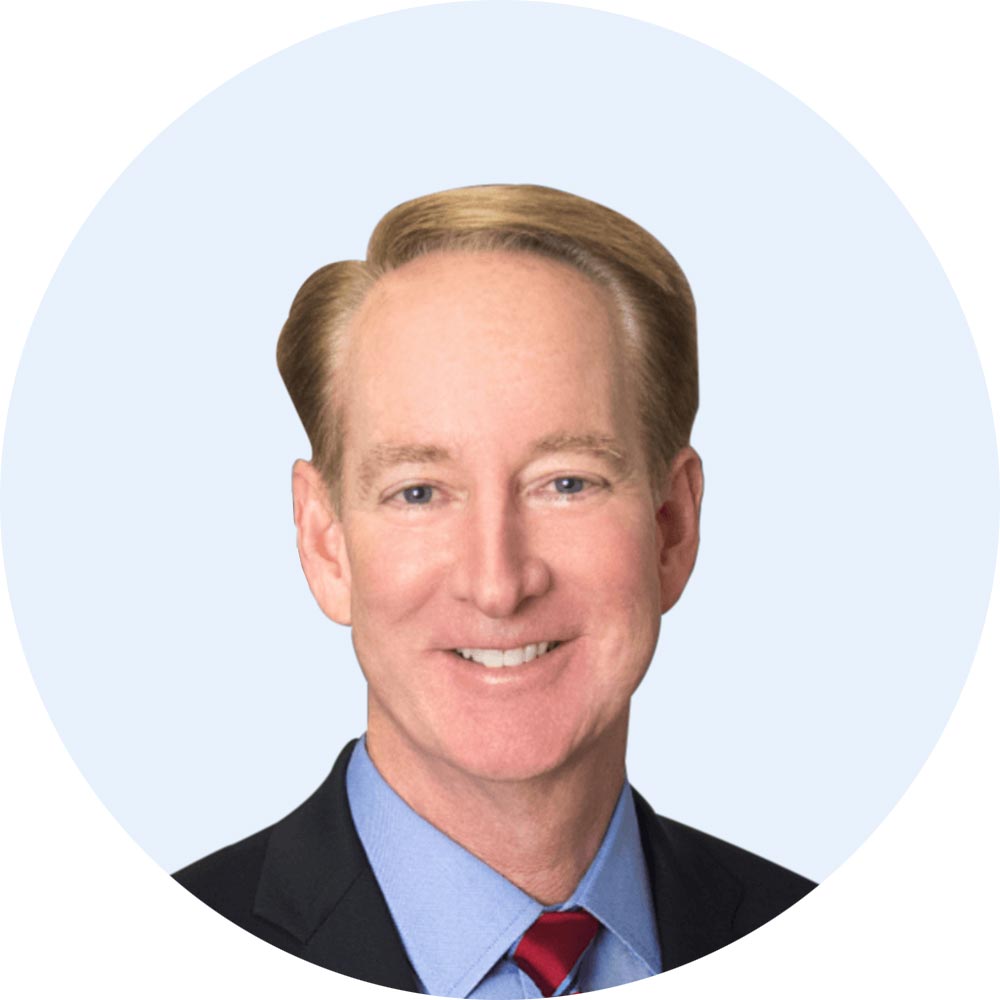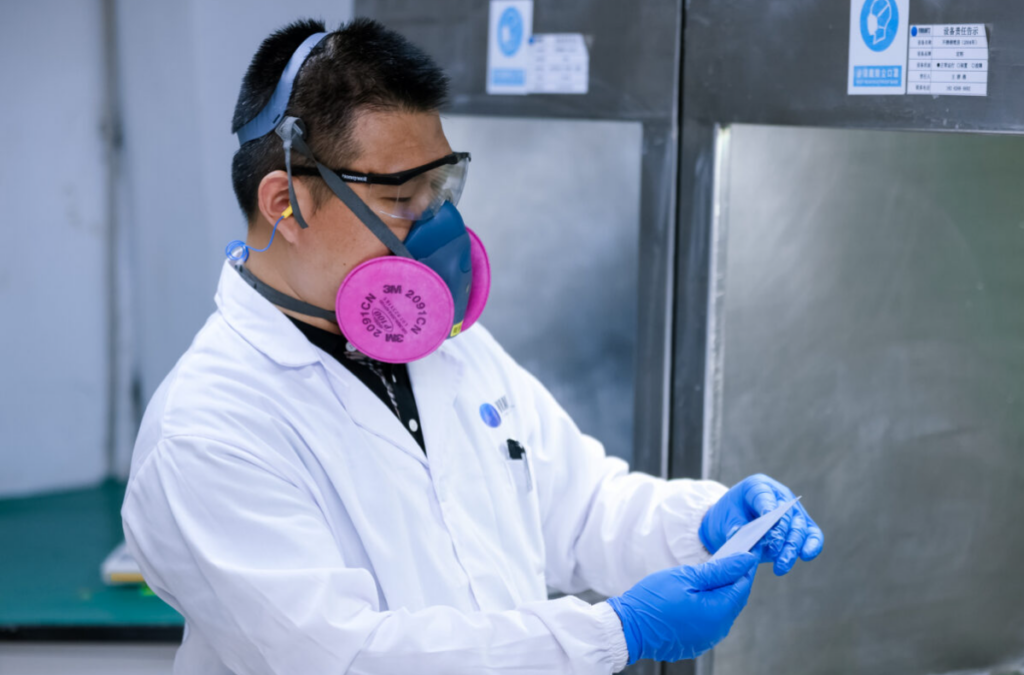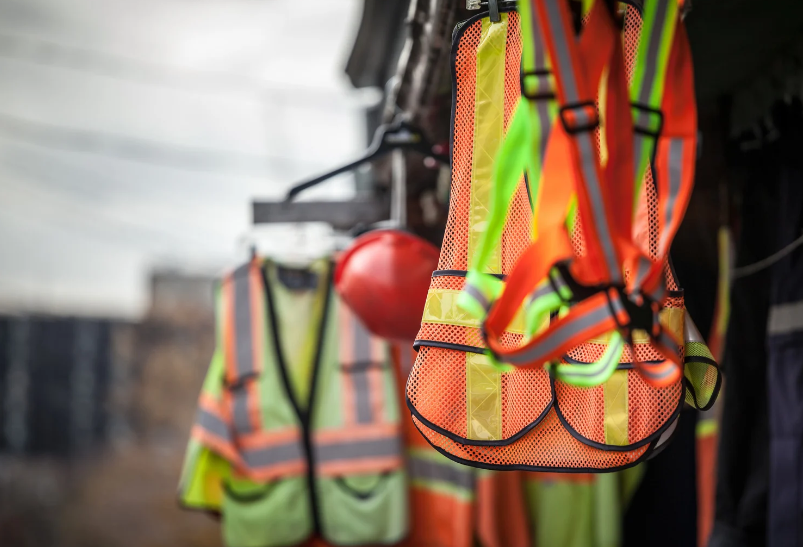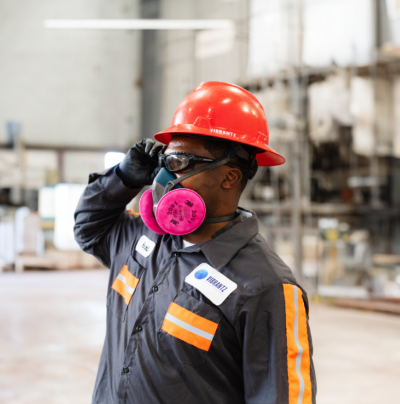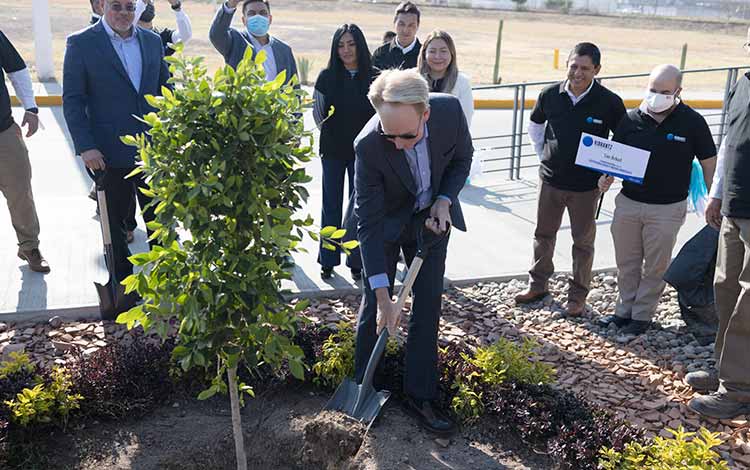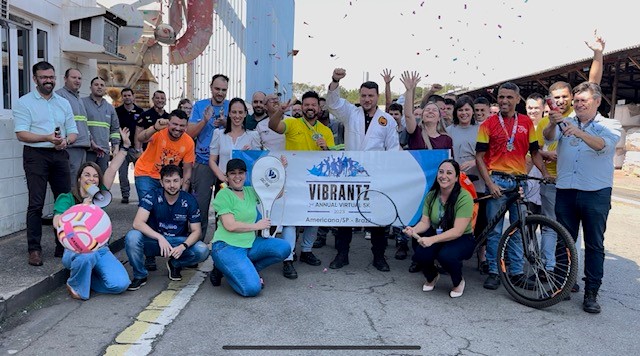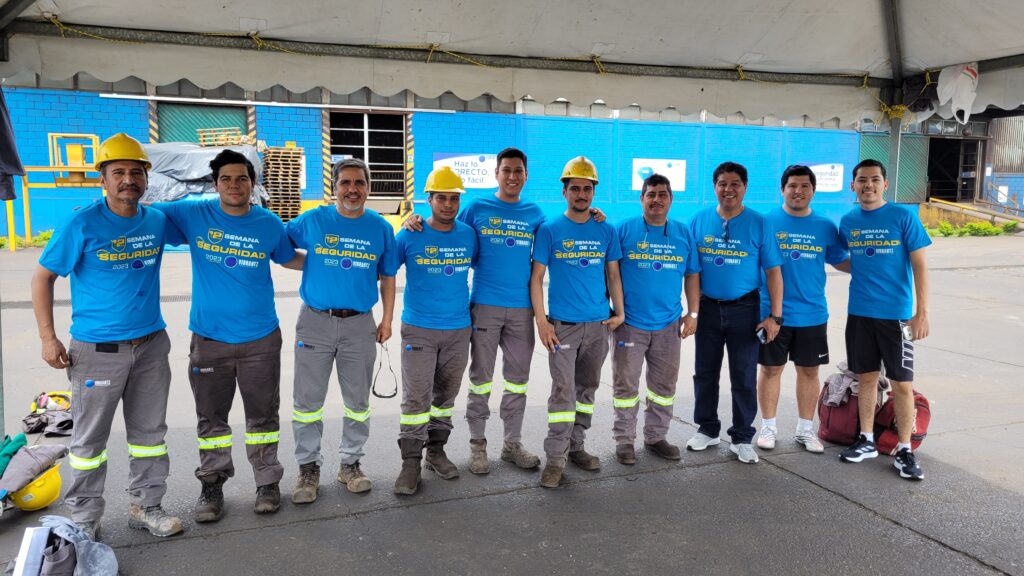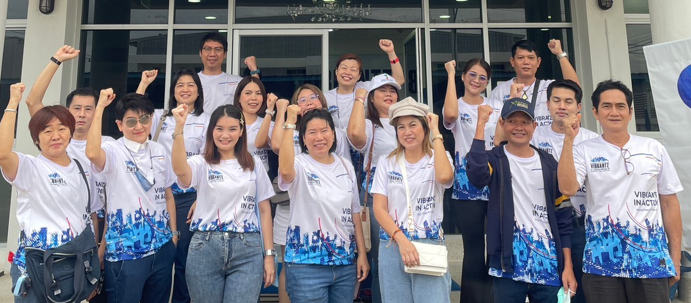We’re experts and innovators focused on solving challenges, embracing change and growing.
Driving business success through efficiencies
At Vibrantz, we often say that “we elevate the everyday.” Our core purpose is to bring color, performance and vibrancy to life and we live out this calling by providing critical, high-value products that enhance daily living. Our dedication goes beyond making the world more efficient. We are focused on unlocking operational efficiencies that streamline processes and yield impactful results, helping us step closer to our vision of becoming a world-class specialty chemicals and materials company.
Since Vibrantz began our journey in 2022, we have prioritized process optimization, the enhancement of safety measures and the consolidation of our technology landscape to align with our long-term goals. We take pride in our ability to be agile over our first two years as a company as we have integrated and built the foundation for a strong continuous improvement mindset in all we do.
To date, our integration efforts have yielded significant cost synergies, showcasing our commitment to efficiency and excellence as we continue to integrate and optimize as one company. Despite industrial market challenges, we strategically standardized operations and drove productivity improvements to navigate economic headwinds and position ourselves for growth. Among many actions in 2023, we:
- Created a business intelligence program to overcome our fragmented systems
- Opened an online training platform powered by Vector Solutions
- Consolidated the Vibrantz banking structure
- Began consolidating our enterprise resource planning (ERP) into a single SAP S/4HANA instance
Our journey toward operational excellence is an ongoing endeavor, and while we have a long way to go still, this is the only way to create and sustain our competitive position in the market. In this issue of Vibrantz Edge, we invite you to explore key initiatives that have made us a more efficient company and dive deeper into a few products that enhance our daily lives.
Safety is at the heart of our organization
Ensuring the safety of our people is paramount and we strive to be an injury-free workplace. Our safety program begins with robust systems that identify risks, develop and implement corrective actions and share practices to minimize risks across the organization. We are educating, training and listening to our employees to ensure Vibrantz is continuously thinking, caring and working safely.
We rolled out our online environmental health and safety (EHS) management system, Vector Solutions, at the end of 2022, which offers real-time information related to incidents in a uniform and trackable way. This allows our EHS and management teams to better understand what is happening at each location, determine root causes and create action plans to address any issues. In parallel, we also launched a learning management system, Vibrantz Online University (VOU), that allows for the same training to be delivered across the globe in local languages and provides a breadth of courses including EHS, compliance, computer skills, harassment, diversity and inclusion, and countless others.
“It has been a pleasure working with our sites’ EHS and HR management teams to integrate Vector systems into our daily functions and to support them as we work toward our goal of zero injuries. In the future, we will utilize Vector EHS data and Power BI dashboards to report safety metrics in real-time. We are also developing specific training packages focused on talent development, safety and compliance, and new employee onboarding.”
– Marie Cox, EHS Master Analyst
Bridging the gap between data and decision making
Harnessing the power of data is key to making timely and informed decisions. We have built a data foundation using Power BI, which has been instrumental in providing us with a comprehensive view of our business. With Power BI, our commercial and finance team can generate global reports on sales, monitor key performance indicators, and identify trends with precision. This has not only expedited financial reporting processes but has also facilitated proactive decision-making, allowing us to optimize budgets, forecast more accurately and allocate resources efficiently.
“Power BI’s impact goes beyond visuals and filters. It automates data processing, saving time for value-added tasks. The real magic happens when disparate datasets from multiple ERP systems seamlessly align, thanks to the relentless efforts of our IT team. This allows our finance team to ensure accuracy and reliability, underscoring cross-functional teamwork in efficiency and innovation.”
– Nick Lovick, Vice President of Operational Finance, Color Solutions
Driving financial excellence through treasury consolidation
Efficient treasury management is essential for optimizing cash flow, managing risk and maximizing returns. When Vibrantz was established, each legacy company had its own U.S. domestic cash management bank, resulting in inefficient way to manage funds among several bank accounts.
In recent months, our treasury consolidation team efforts designed a centralized domestic cash management system, automated routine transactions and encouraged the use of advanced analytics, to give Vibrantz better control and transparency over our financial operations. This work strengthens relationships with our financial partners, improves liquidity management and facilitates strategic decision-making. Ultimately, these efficiencies will enable our agility in a dynamic market environment and better position us for sustainable growth.
“I am proud to be part of this transformational process, as it embodies our commitment to continuously improve and strengthen our financial resilience. Vibrantz will now experience better payment processing, reporting and overall administration.”
– Antonio Pugas, Vice President and Treasurer
Integrating our company through harmonized processes
To overcome challenges operating with multiple ERPs, we began consolidating into a single SAP S/4HANA instance. By retiring our outdated platforms, we can adopt standardize processes and focus on areas where we can innovate to drive growth. This multi-year project is a significant investment in our future and will allow us to keep building a world-class company in which we take great pride.
As we continue to evolve and adapt to changing landscapes, these operational efficiencies remain integral to our growth strategy, enabling us to navigate challenges, capitalize on opportunities and deliver value to all stakeholders. By embracing a culture of continuous improvement and leveraging technology and best practices, we are confident in our ability to achieve even greater success in the years to come.

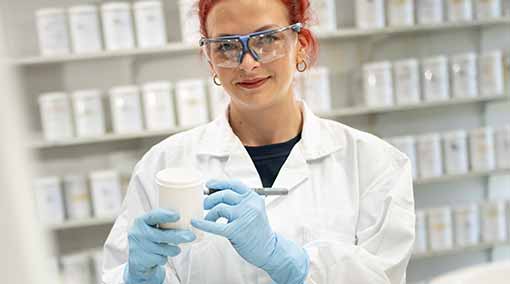
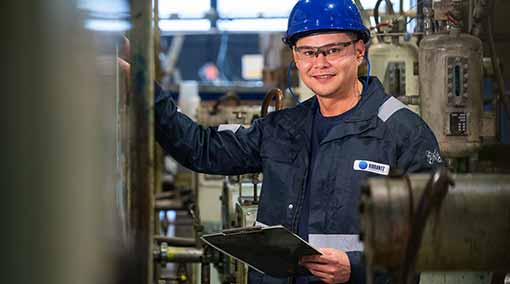

 26 June 2024
26 June 2024 7 mins
7 mins 